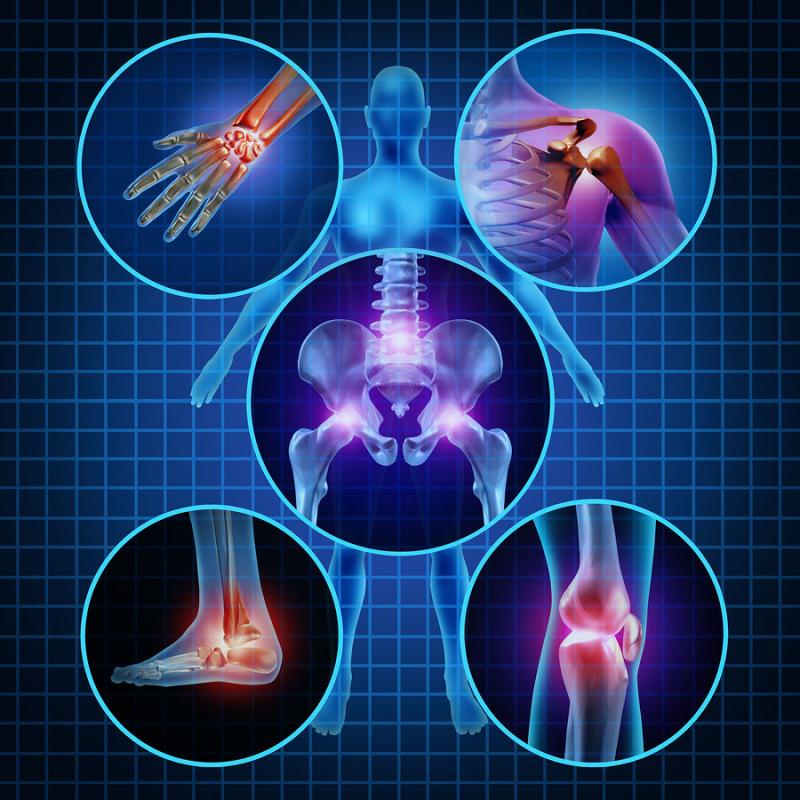
Featuring Dr. Kenton Fibel in "For Better Workouts, Just Add Oxygen?" by Christine Yu
March 23, 2016
For Christy Gardner, recovering between shifts on the ice during a hockey game has always been the toughest part of competition. These high-intensity bouts often leave the 33-year old Maine resident winded. So when she needs a boost during games, she grabs a small canister next to her on the bench. No, it’s not caffeine or a high-energy snack. It’s oxygen.
“I used [supplemental oxygen] in my first tournament back after major surgery. I was absolutely exhausted in Saturday’s game to the point my arms were dead in the first period,” says Gardner. But during Sunday’s game, she took a puff of oxygen between every shift on the ice. “Believe it or not, I never got tired that game. It was unreal and sold me right there.”
The latest buzz-worthy performance enhancer is actually a concentrated form of the air we breathe. From Super Bowl 50 MVP Von Miller wearing an oxygen mask on the sidelines of the championship game, to Novak Djokovic visiting a hyperbaric oxygen pod after winning his four-plus hour Australian Open match, pro athletes are touting the benefits of getting a little extra oxygen.
But can supplementing with oxygen really help improve athletic performance and post-workout recovery? We called in the experts to find out whether the recreational oxygen trend can legit enhance your workout or if it’s a lot of hot air.
A Breath of Pure Oxygen?
If you look on the shelves of some sporting goods stores, particularly those in high altitude and ski communities, you may find pocket-sized metal canisters reminiscent of Evian mineral spray. But instead of a cool mist, these products contain 95 percent pure oxygen — approximately four times the concentration found in everyday air, and come in flavors like peppermint and pink grapefruit.
According to companies like Oxygen Plus (O+), when your blood oxygen levels drop, so does your mental and physical performance. But by reaching for an all-natural boost, manufacturers claim you can effectively saturate your blood with oxygen, returning blood oxygen levels to an optimal percentage.
How so exactly? When we breathe, oxygen comes in through the lungs and is carried by hemoglobin in our blood to our cells and muscles. “The theory is that if you can supply more oxygen, the body will have more oxygen to create energy and require less effort during training,” says Dr. Kenton Fibel, Assistant Attending Physician at the Hospital for Special Surgery and Team Physician for the New York Rangers. “The other thought is after you exercise, you are depleted of energy. This is potentially a faster way to restore that energy.”
To Puff or Not to Puff for Performance
But can just three to five puffs of high concentration oxygen really help elevate your blood oxygen levels and improve your performance?
According to performance physiologist Dr. Mark Kovacs, PhD, who works with elite athletes and top tennis pros and formerly directed the Sport Science, Strength & Conditioning and Coaching Education departments for the United States Tennis Association, the answer is no. “The issue isn’t how much [oxygen] we bring in. It’s how much we utilize. Bringing in more [oxygen] isn’t actually adding to our ability to utilize the oxygen we do have,” says Dr. Kovacs. “There’s no real justifiable physiological reason for doing it.”
“Generally, for somebody in a rested state, [their blood oxygen] is going to be 99 percent saturated. Even in an individual who’s performing some type of aerobic exercise, their oxygen saturation is not going to go down that much,” says Dr. John Smith, Associate Professor at Texas A&M University – San Antonio.
Scientific studies show conflicting results. Some studies have shown that supplemental oxygen could improve recovery time during interval training, while others have found no significant improvement in those who used got a boost of oxygen. Other studies have shown that there is no effect of supplemental oxygen on recovery.
Dr. Smith recently studied the effect of supplemental oxygen on aerobic exercise and found no change in any physiological values (heart rate, lacatate, VO2 max and oxygen saturation levels), or rating of perceived exertion between those who supplemented with oxygen, and those who didn’t. While participants using the oxygen took an average of 39 seconds longer to reach maximal exhaustion, he believes this may be a placebo effect since participants knew they were taking the oxygen.
When you might see some benefits of a little extra oxygen? In between bouts of high-intensity intervals, Dr. Smith says. “By the time [athletes] get to that third or second to last bout and they’re exhaustively fatigued, it could be that the oxygen saturation is a bit lower. Giving them the supplemental oxygen may increase it a bit,” he says.
Or between shifts in a hockey game, which may account for Gardner’s experience. Dr. Fibel believes that some of the supplemental oxygen may diffuse directly into the bloodstream, rather than being carried by hemoglobin, accounting for a perceived boost. “But that’s a pretty short period of time following inhalation,” he says.
The Bottom Line
The benefits some experience with supplemental oxygen may be attributed to a placebo effect rather than a physiological change in the body. “If that’s the case, go for it. As long as it’s not hurting [you] in any way,” says Dr. Smith. But is it worth the money? “My take on it personally is, as long as you have no restrictions in breathing, you’ll be able to saturate your hemoglobin quite easily [without it].”
The best way to improve your performance? Focus on your training, nutrition and recovery. “The large majority of benefits and the ability to compete at high levels are going to come from your daily training regimen and this [supplemental oxygen] shouldn’t be a substitute for having a healthy diet and training,” says Dr. Fibel.